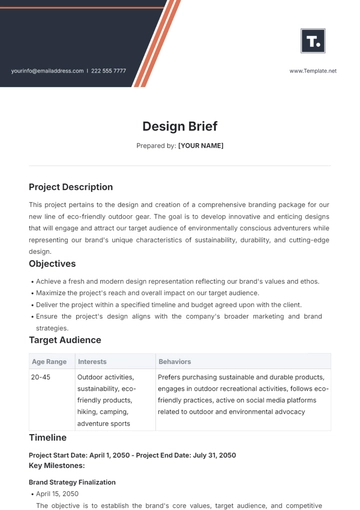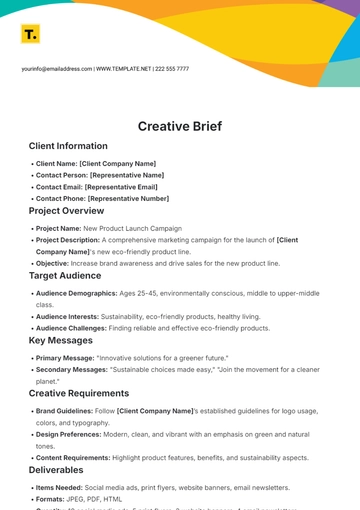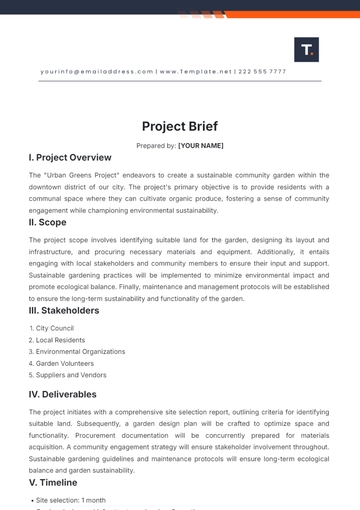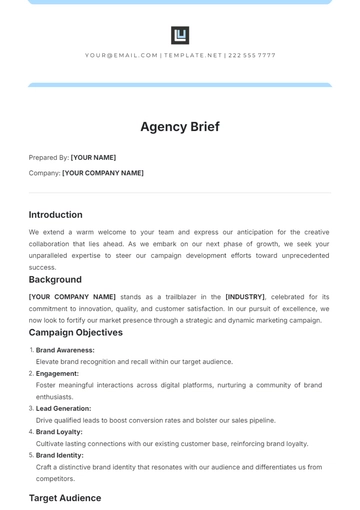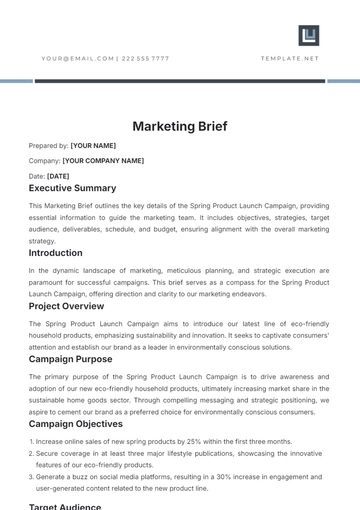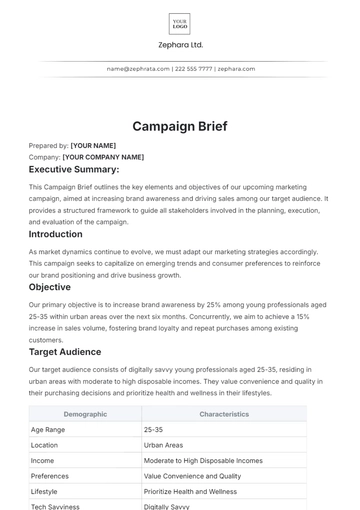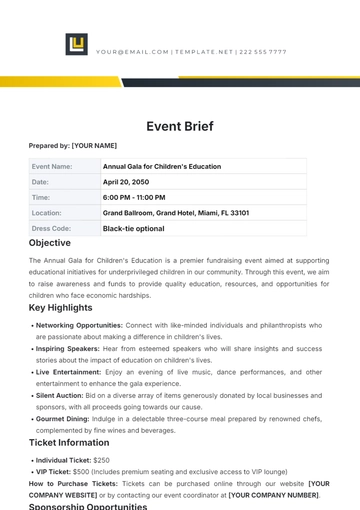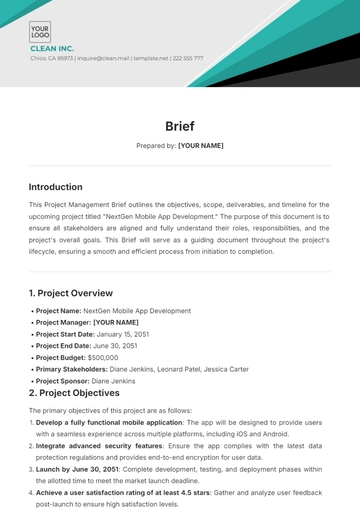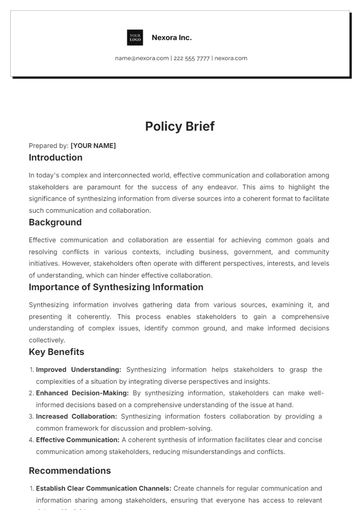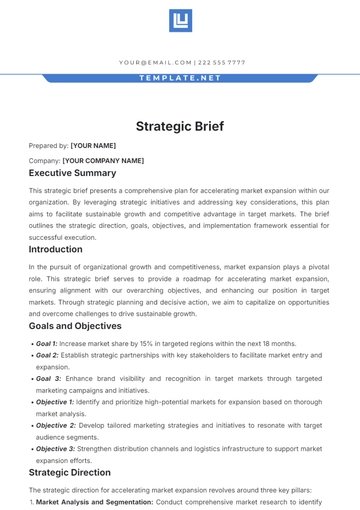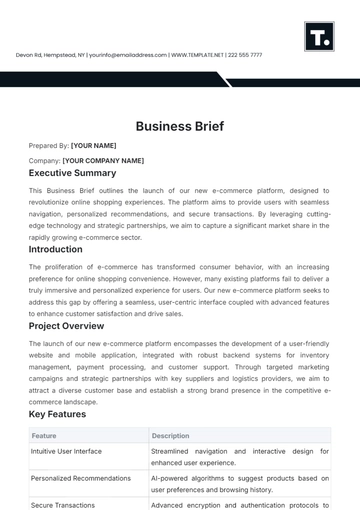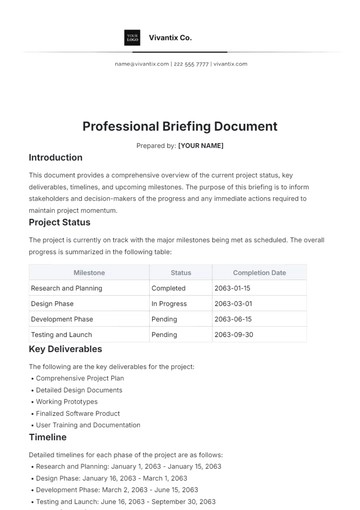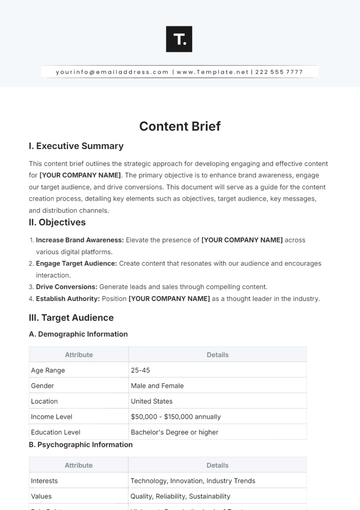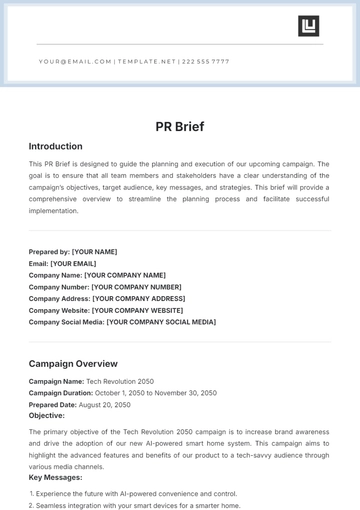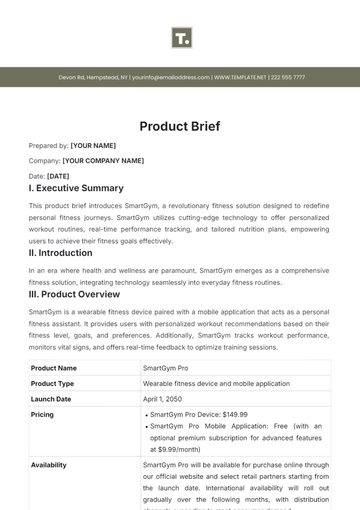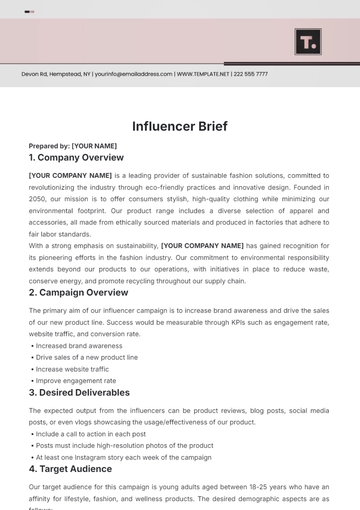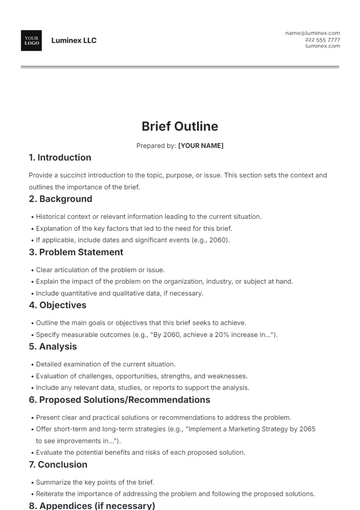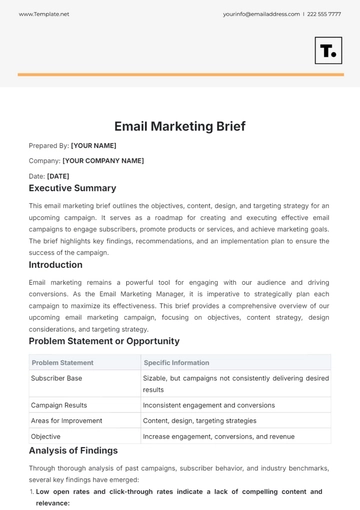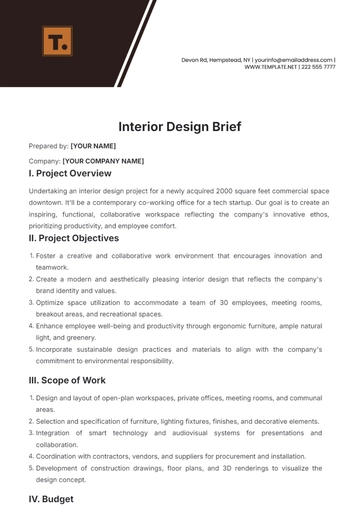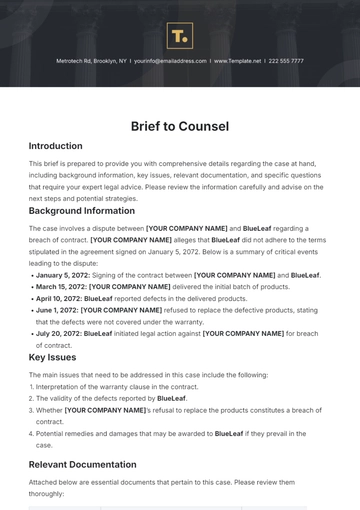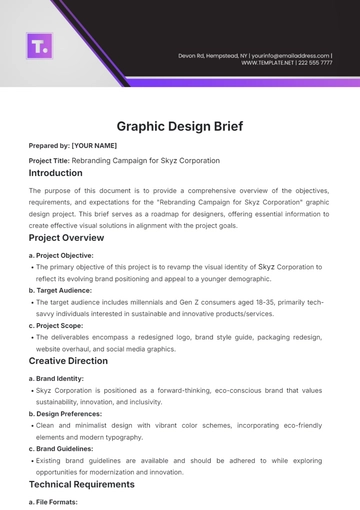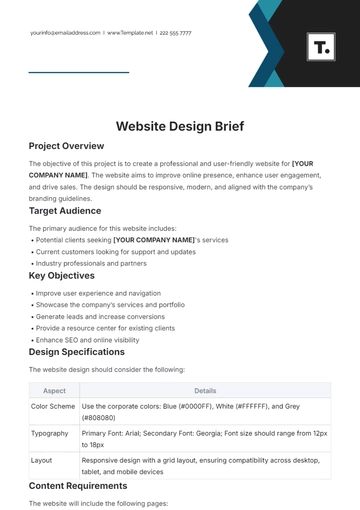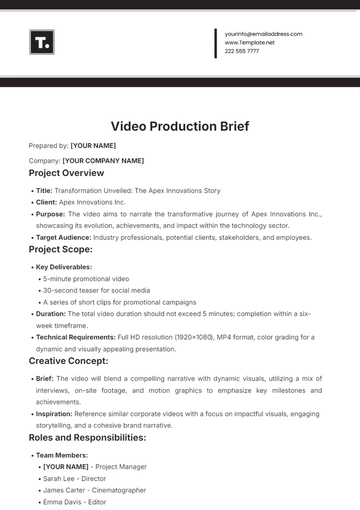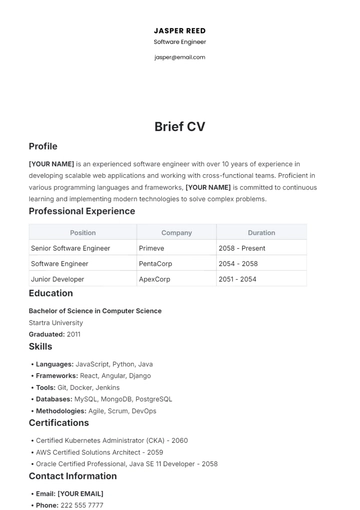Free Conflict Resolution Brief
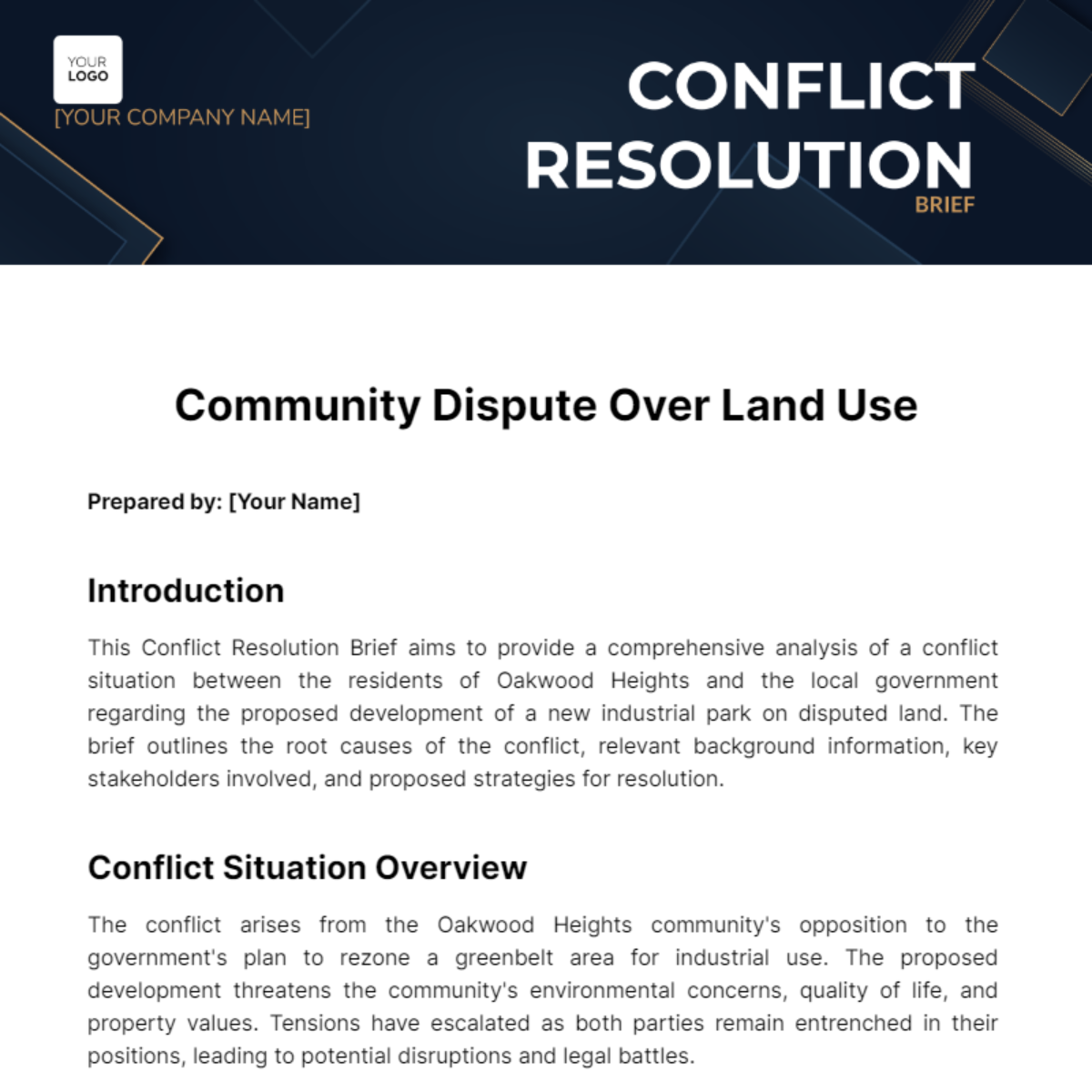
Prepared by: [Your Name]
Introduction
This Conflict Resolution Brief aims to provide a comprehensive analysis of a conflict situation between the residents of Oakwood Heights and the local government regarding the proposed development of a new industrial park on disputed land. The brief outlines the root causes of the conflict, relevant background information, key stakeholders involved, and proposed strategies for resolution.
Conflict Situation Overview
The conflict arises from the Oakwood Heights community's opposition to the government's plan to rezone a greenbelt area for industrial use. The proposed development threatens the community's environmental concerns, quality of life, and property values. Tensions have escalated as both parties remain entrenched in their positions, leading to potential disruptions and legal battles.
Root Causes Analysis
The conflict stems from diverging interests between economic development objectives and community preservation concerns. Additionally, inadequate communication and transparency from the government regarding the development plans have fueled mistrust and resistance among residents.
Background Information
Oakwood Heights, a residential neighborhood known for its lush greenery and tranquil atmosphere, has been facing rapid urbanization pressures due to increasing industrial demands in the region. The government's proposal to convert a portion of the greenbelt into an industrial park is part of a larger economic development initiative aimed at attracting investment and creating job opportunities.
Key Stakeholders
Oakwood Heights Residents Association: This represents the collective interests of the community members opposing the industrial park development.
Local Government Planning Department: Responsible for the formulation and implementation of land-use policies and development plans.
Environmental NGOs: Advocates for environmental conservation and sustainability, supporting the community's stance against the industrialization of green spaces.
Proposed Strategies for Resolution
Facilitated Dialogue: Organize facilitated dialogue sessions involving representatives from both the community and the government to foster mutual understanding and explore potential compromises.
Environmental Impact Assessment: Conduct a comprehensive environmental impact assessment to evaluate the potential consequences of the industrial park on biodiversity, air, and water quality, and present findings to all stakeholders.
Alternative Site Selection: Explore alternative sites for industrial development that minimize adverse impacts on residential areas and prioritize sustainable land-use practices.
Suggested Steps
Initiate Mediation: Engage a neutral mediator to facilitate negotiations between the conflicting parties and assist in generating mutually acceptable solutions.
Establish Community Consultation Mechanisms: Establish regular community consultation mechanisms to ensure transparency and inclusivity in decision-making processes.
Implement Conflict Resolution Workshops: Organize conflict resolution workshops for stakeholders to enhance communication skills, promote constructive dialogue, and build trust.
Conclusion
In conclusion, resolving the conflict over land use in Oakwood Heights requires proactive engagement, collaboration, and a commitment to sustainable development principles. By implementing the proposed strategies and steps outlined in this brief, we can work towards achieving a mutually beneficial resolution that addresses the interests of all stakeholders while preserving the community's environmental integrity.
Attachments
Map of the disputed land area
Previous communication exchanges between stakeholders
Environmental impact assessment guidelines
For Further Information or Assistance
For further information or assistance regarding the conflict resolution process, please contact [Your Company Number].
- 100% Customizable, free editor
- Access 1 Million+ Templates, photo’s & graphics
- Download or share as a template
- Click and replace photos, graphics, text, backgrounds
- Resize, crop, AI write & more
- Access advanced editor
Discover the Conflict Resolution Brief Template on Template.net, designed to streamline conflict resolution processes. This editable and customizable template empowers users to outline conflict situations, strategies, and resolutions efficiently. With easy editing in our Ai Editor Tool, adapt the brief to specific conflict scenarios seamlessly. Facilitate smoother conflict resolution with this comprehensive and user-friendly template.
